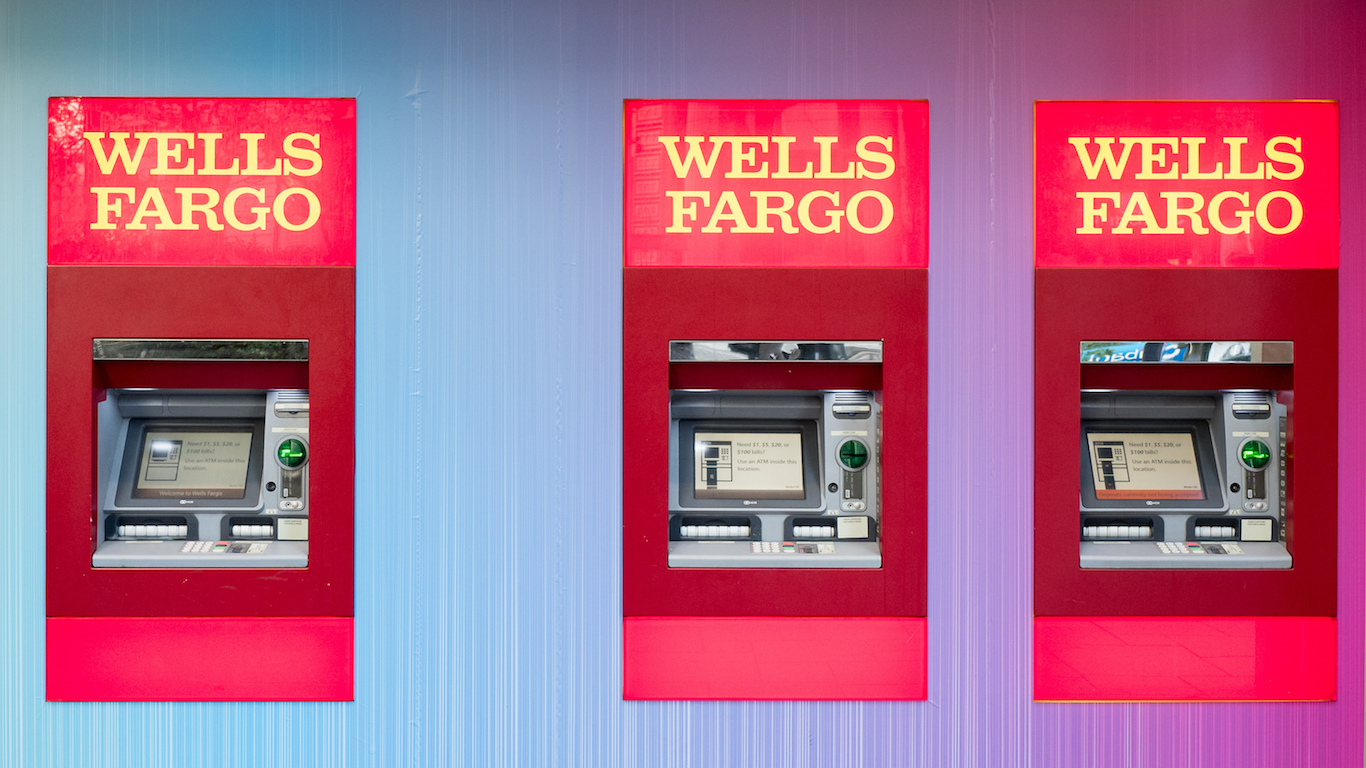Banking, finance, and taxes
How Big an Impact on Wells Fargo Could Slowing Home Sales Have?

Published:
Last Updated:

Wells Fargo & Co. (NYSE: WFC) has tried to recover from the revelation last year that bank employees created additional customer accounts without the knowledge of those customers. More recently it announced a plan to reduce its headcount by some 26,000 over the next three years and suspended two executives related to an investigation into the bank’s purchase of low-income housing tax credits.
The last thing Wells Fargo needs is a slowdown in the U.S. mortgage market, but that may be its next challenge. Of the nation’s five largest banks, Wells Fargo is the largest residential mortgage lender and the largest commercial real estate lender.
When the Federal Reserve announced a 2% increase in its federal funds rate to 2.0% to 2.5% on Wednesday, shares of the nation’s big banks all closed lower. Rising Fed interest rates will send mortgage rates higher, shutting some potential home buyers out of the market and reducing Wells Fargo’s biggest business.
According to a report published last October by Housingwire, Wells Fargo’s share of mortgage loan origination volume in 2016 totaled $126 billion on more than 393,000 loan applications. A report in June from Forbes listed Wells Fargo’s outstanding residential mortgage loan portfolio at $323 billion and its commercial real estate loan portfolio at $151 billion. More than a third of Wells Fargo’s total loan portfolio is made up of residential mortgage loans and commercial real estate loans comprise 16% of the total portfolio. These percentages are higher than for any other large bank.
With so much business riding on mortgage loans, plateauing, if not declining, home sales pose a serious threat to Wells Fargo’s growth. Mortgage loan rates are creeping toward 5%, and home sales, which have reacted negatively to earlier increases, are likely to continue that pattern.
The for-sale inventory is dropping as well. The decline in sales of existing homes will continue, if the National Association of Realtors latest report on pending home sales is accurate. Sales of new homes posted an 11-month low earlier this week as well. All in all, it looks like prices are going to have to come down if the housing market is going to get back on a growth footing.
Even that doesn’t help Wells Fargo a lot because the mortgage loans would be made for smaller amounts.
Banks stocks are recovering somewhat today. Wells Fargo shares, which dropped about 2% on Wednesday are trading up about 0.6% at the end of the noon hour Thursday, at $53.48 in a 52-week range of $50.26 to $66.31. The stock’s consensus price target is $62.20.
The thought of burdening your family with a financial disaster is most Americans’ nightmare. However, recent studies show that over 100 million Americans still don’t have proper life insurance in the event they pass away.
Life insurance can bring peace of mind – ensuring your loved ones are safeguarded against unforeseen expenses and debts. With premiums often lower than expected and a variety of plans tailored to different life stages and health conditions, securing a policy is more accessible than ever.
A quick, no-obligation quote can provide valuable insight into what’s available and what might best suit your family’s needs. Life insurance is a simple step you can take today to help secure peace of mind for your loved ones tomorrow.
Click here to learn how to get a quote in just a few minutes.
Thank you for reading! Have some feedback for us?
Contact the 24/7 Wall St. editorial team.